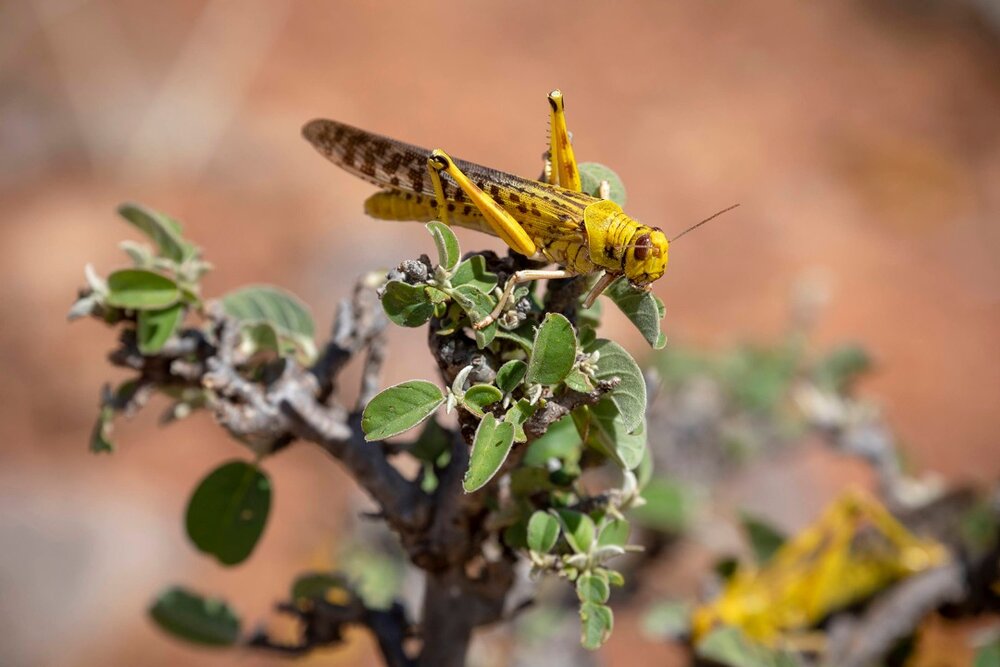Iran receives new equipment to fight desert locust

TEHRAN – The Food and Agriculture Organization of the United Nations (FAO) has delivered the fourth shipment of equipment to Iran’s Plant Protection Organization to support the locust control operations in the country.
According to a press release published by the FAO Representation in Iran, this consignment includes 28 units of vehicle-mounted Ultra Low Volume (ULV) sprayers, worth around $81,000.
Funded by the Government of China, this delivery is part of the FAO-China South-South Cooperation Programme Support to FAO’s Global Action on the Control of the Desert Locust Project, which aims to curb the spread of the desert locust in the focus countries by sharing modern technologies, applying effective techniques and proved solutions to control the locusts in the five countries of Pakistan, Kenya, Uganda, Ethiopia, and Iran.
Together with the previous three shipments, so far FAO has provided 110 ULV sprayers and 10.4 metric tonnes of ULV Deltamethrin pesticides, amount over $305,000, to support the national capacity.
FAO, also, is implementing an emergency Technical Cooperation Programme project in the country to assist the Plant Protection Organization to combat this migratory pest by providing requisite technical knowledge and skills and equipment to detect, track, monitor, report on, and rapidly respond to the desert locust infestations in the country.
Following the influx of locusts into southern parts of the country this [Iranian calendar] year (beginning on March 21), a total budget of 200 billion rials (nearly $4.7 million at the official rate of 42,000 rials) has been allocated to fight desert locust swarms.
Last [Iranian calendar] year (March 21, 2019), desert locusts penetrated the provinces of Bushehr, Fars, Hormozgan, Kerman, Khuzestan, and Sistan–Baluchestan, which resulted in major losses on over 500,000 hectares of farmlands and gardens.
FAO explains that desert locust infestations are normally present in southeast Iran during the spring. Local breeding coincides with seasonal rains that often occur from about February or March until April or May. In warmer years, rains that occur during the winter can lead to late winter and early spring breeding.
By June, vegetation is usually dry again and any adults that were produced during the spring move east towards the Indo-Pakistan summer breeding areas. Most of the spring breeding occurs along a 450 km stretch of coastal plains on the Arabian Sea from Jask (Hormozgan) and the Strait of Hormuz and the Gulf of Oman in the west to Chabahar and Gwadar (Sistan-Baluchestan) near the Pakistan border in the east.
The most important area along the coast is the Vashnum Plains near Chabahar. If rains fall and temperatures are warm, breeding may also occur in the interior, namely the Jaz Murian Basin from Kahnuj to Iranshahr, and in the Zaboli, Suran, and Saravan valleys that lead to Panjgur, Pakistan. Desert Locust adults rarely cross the mountains to the north of these areas.
FB/MG
